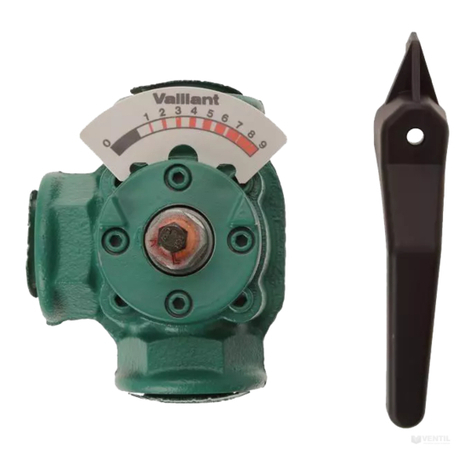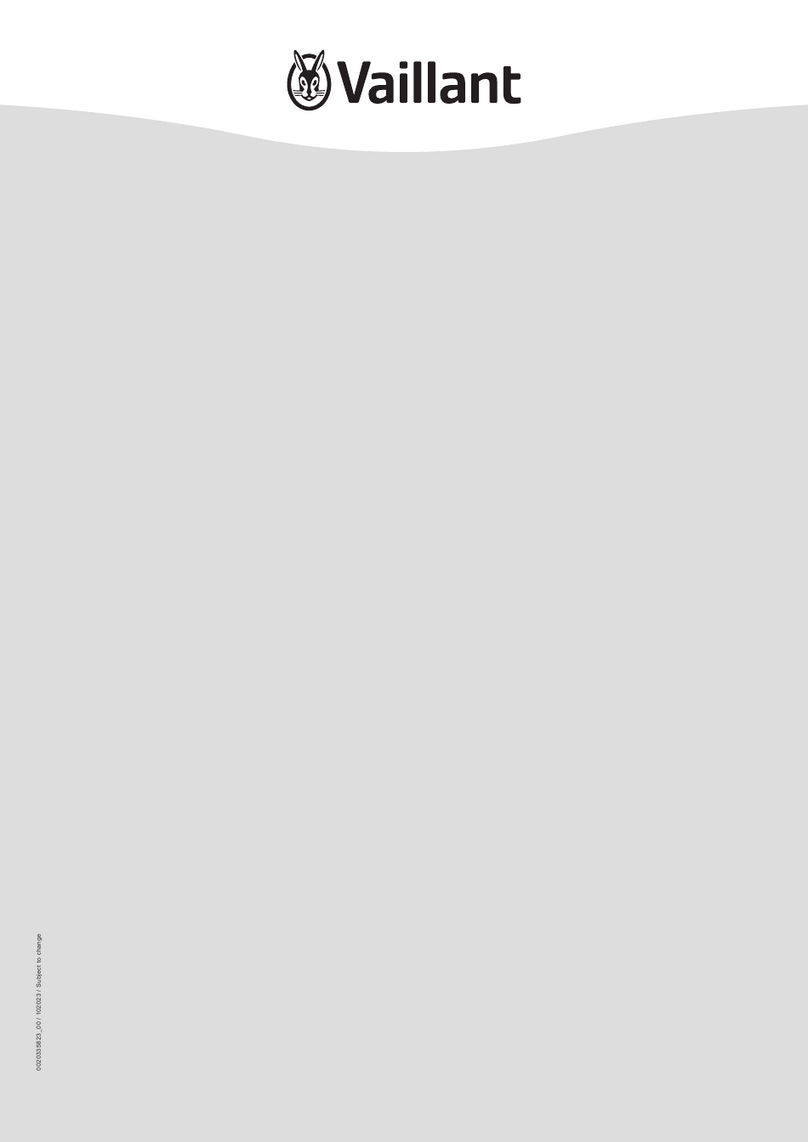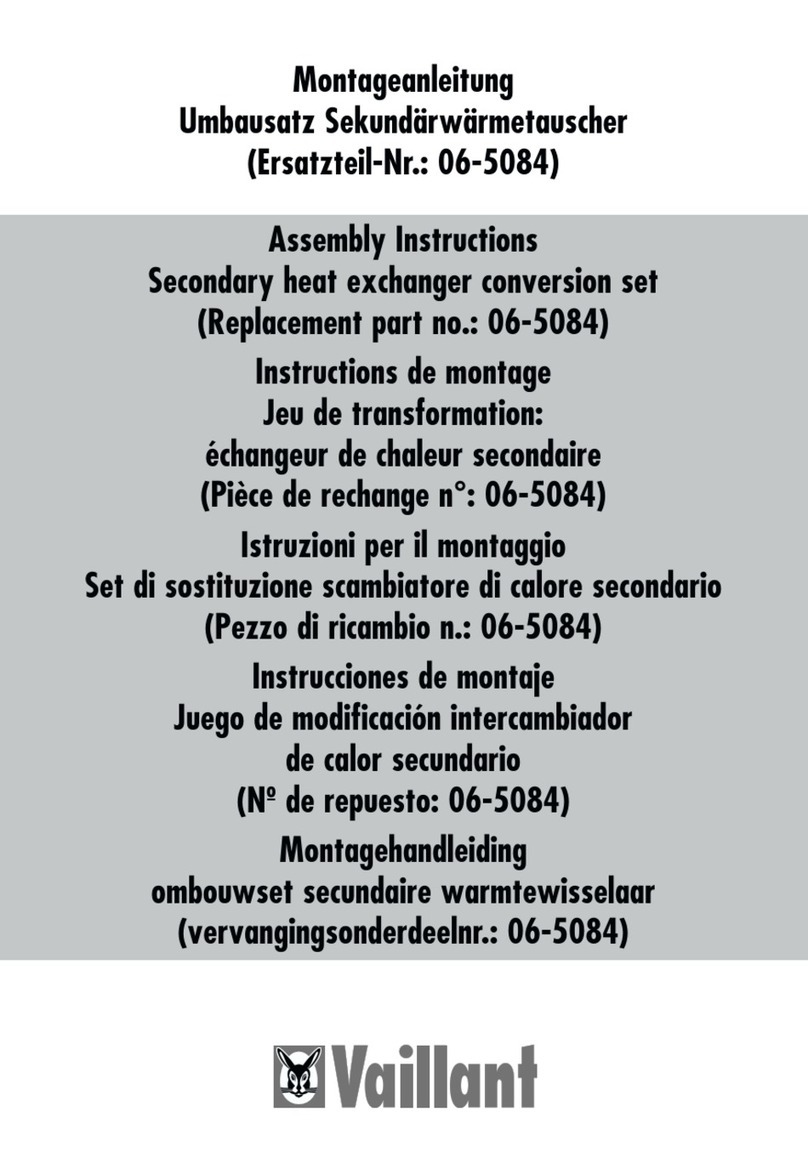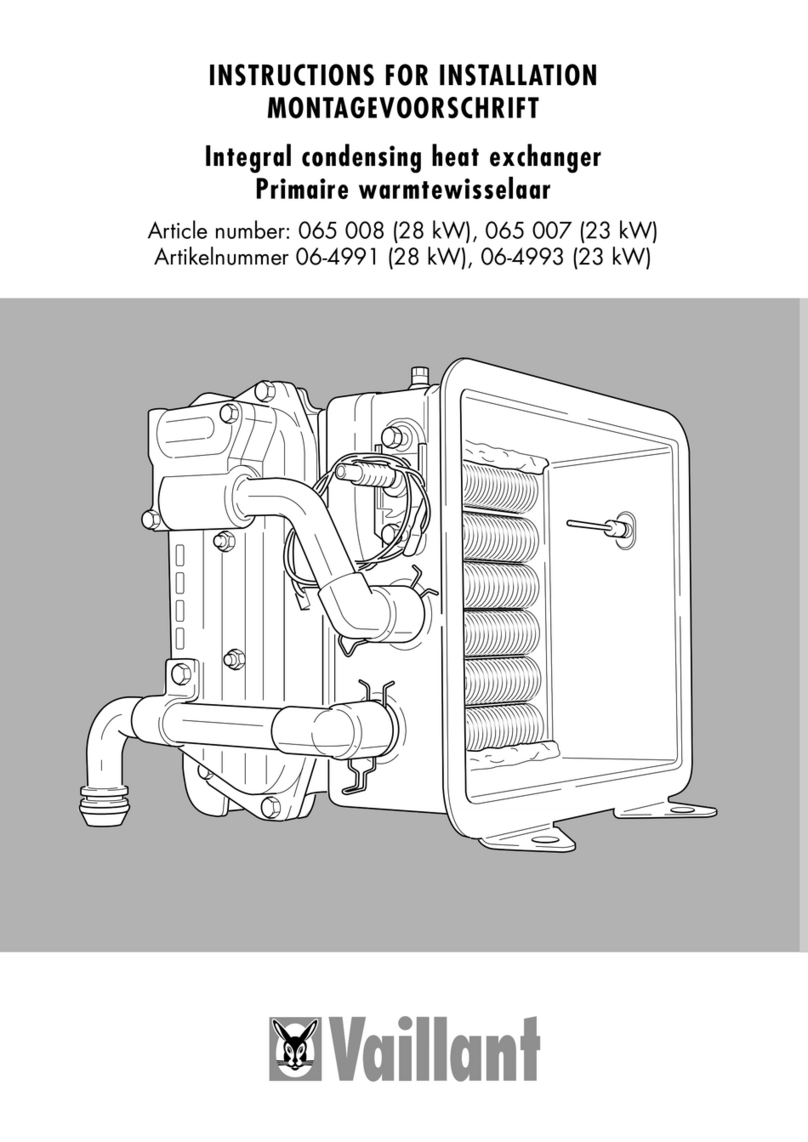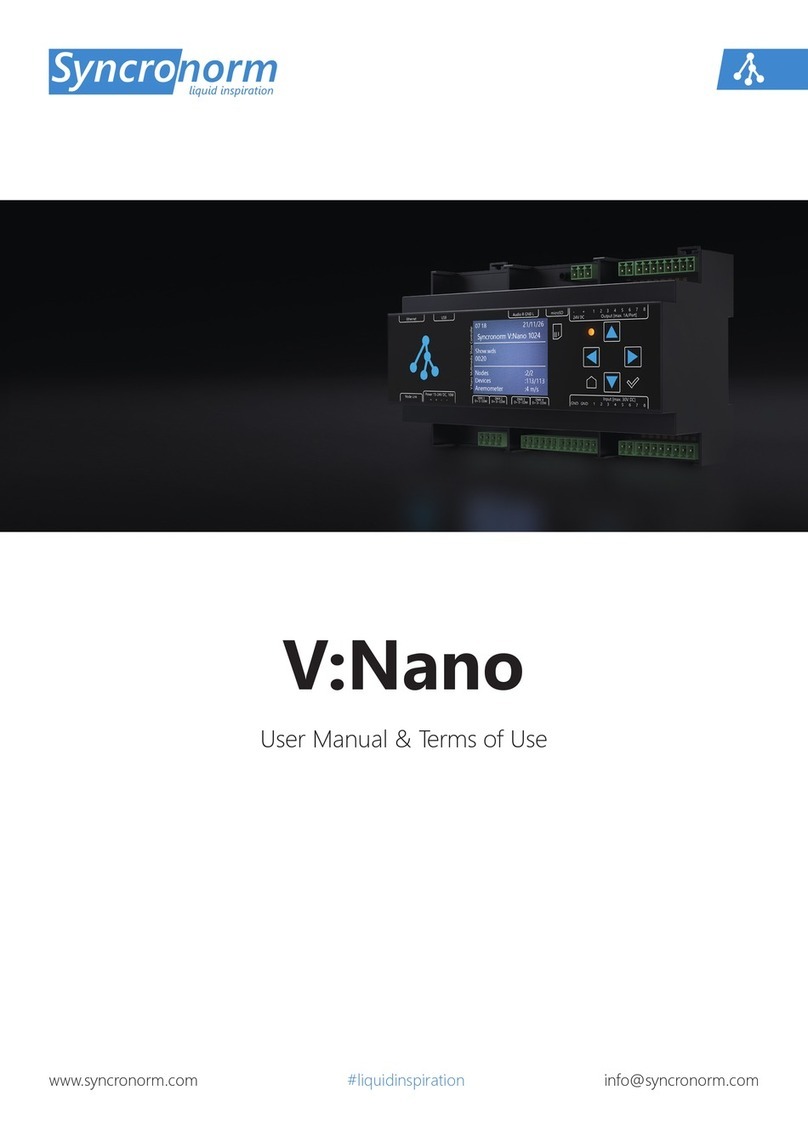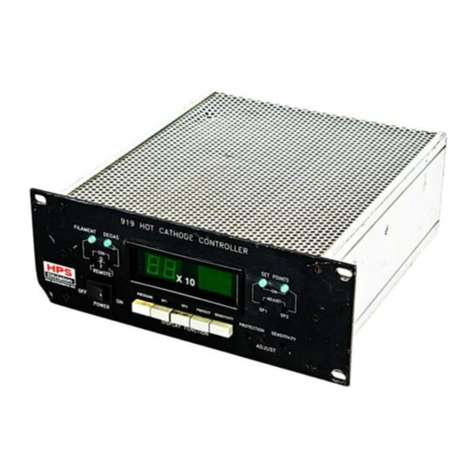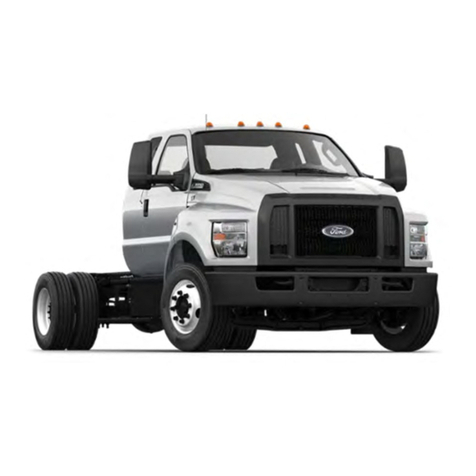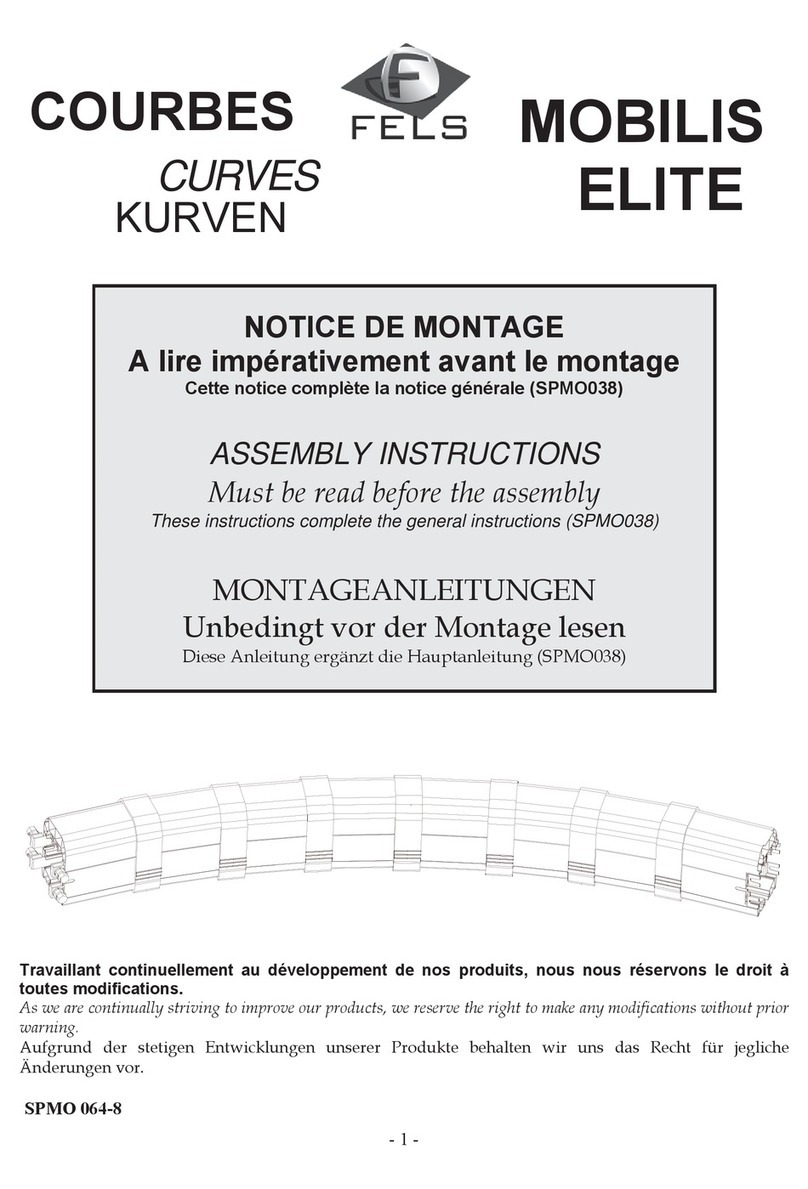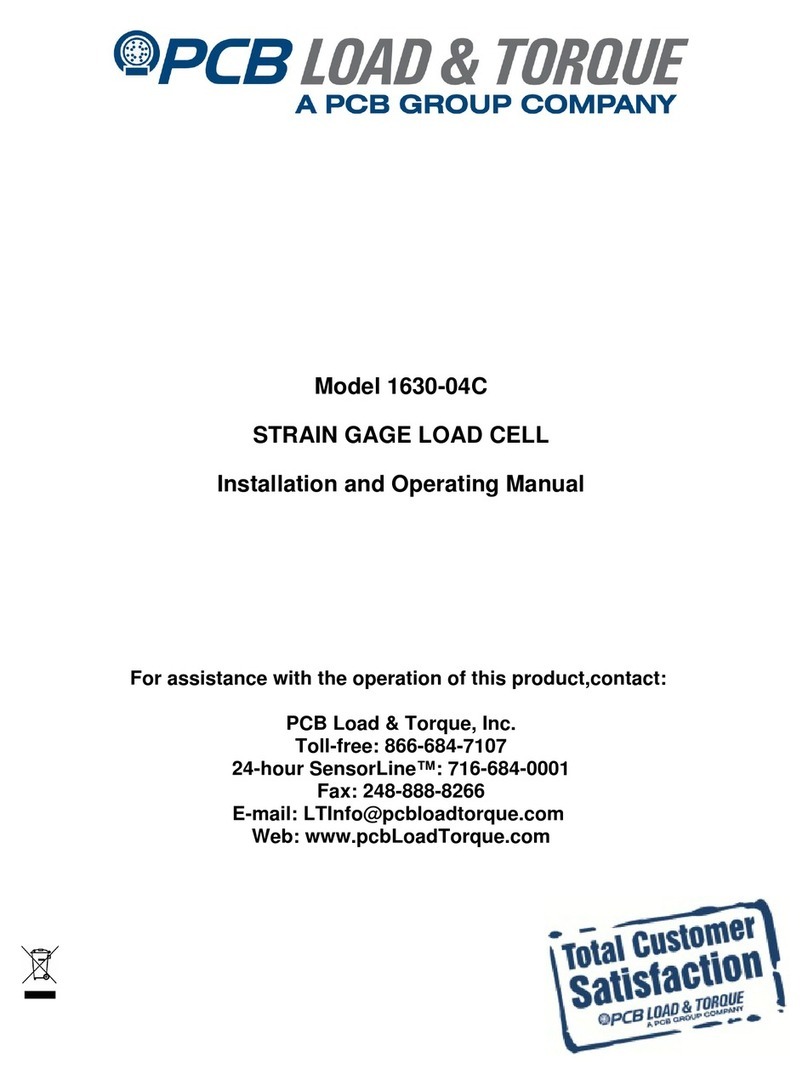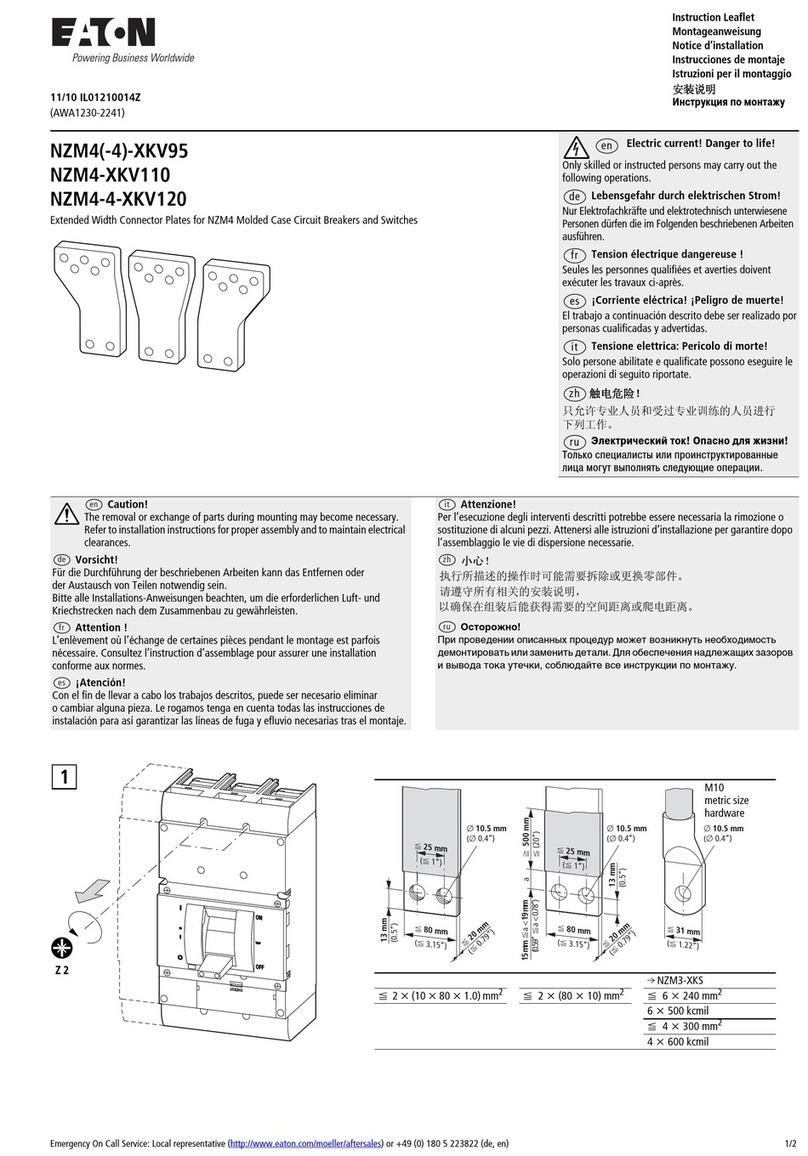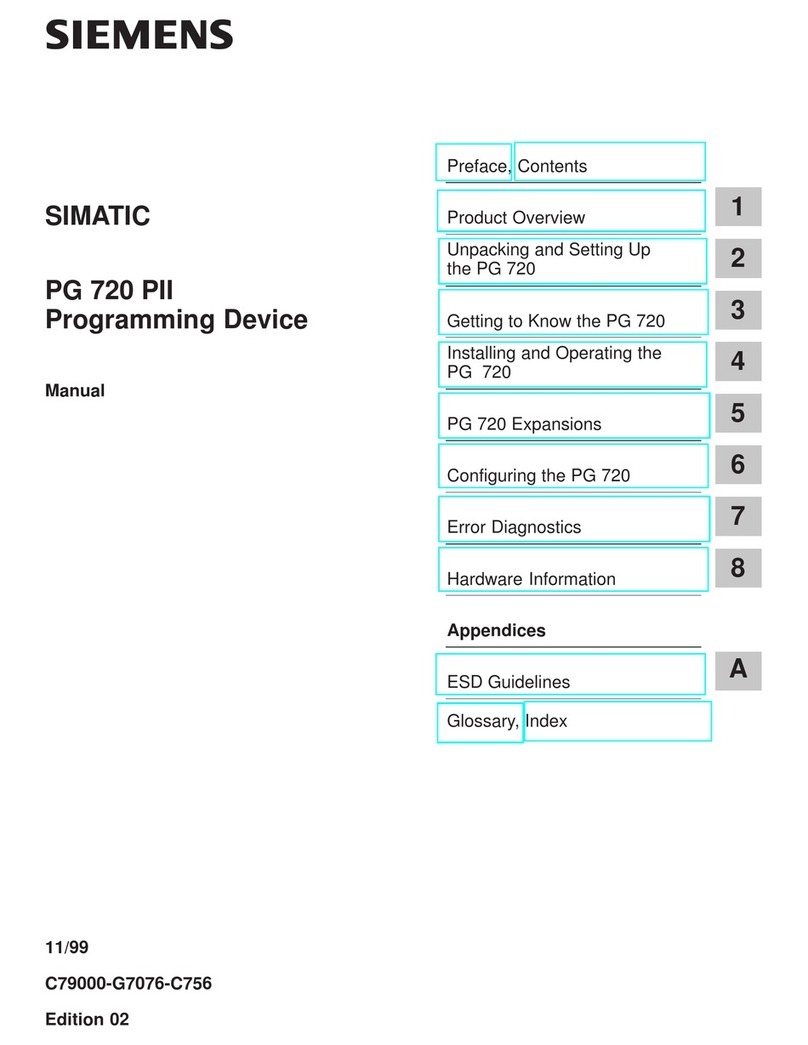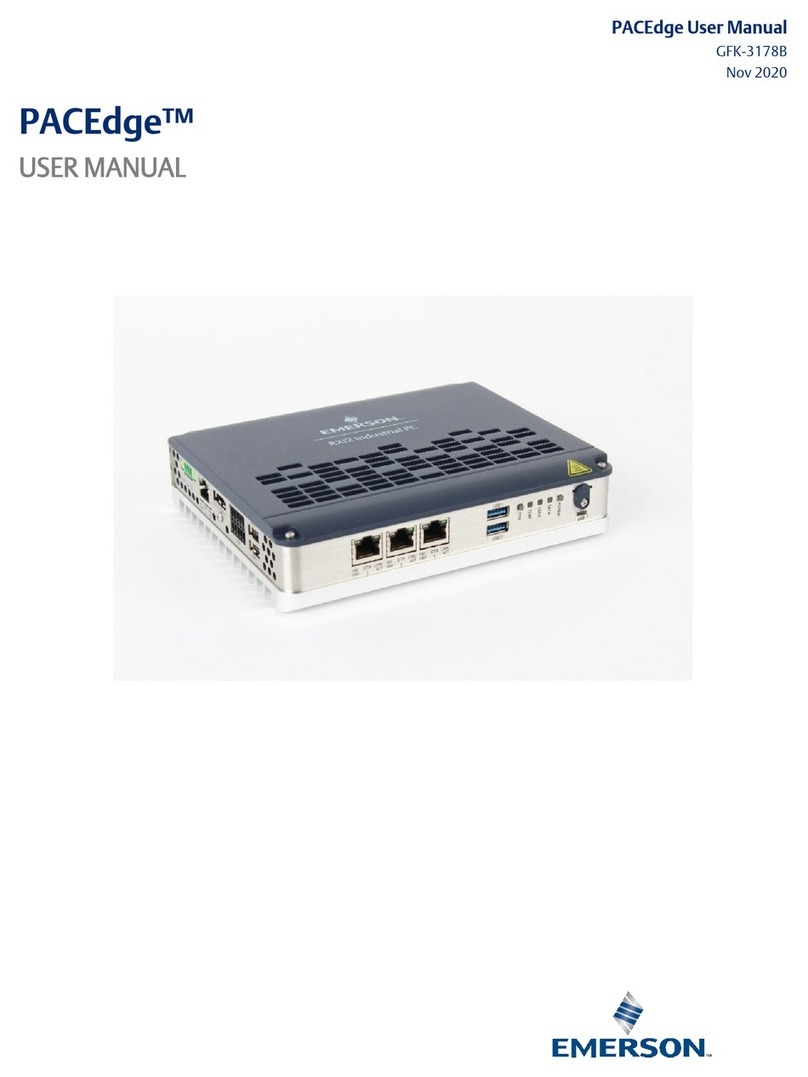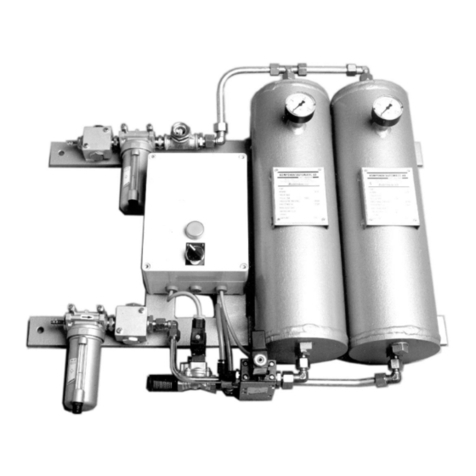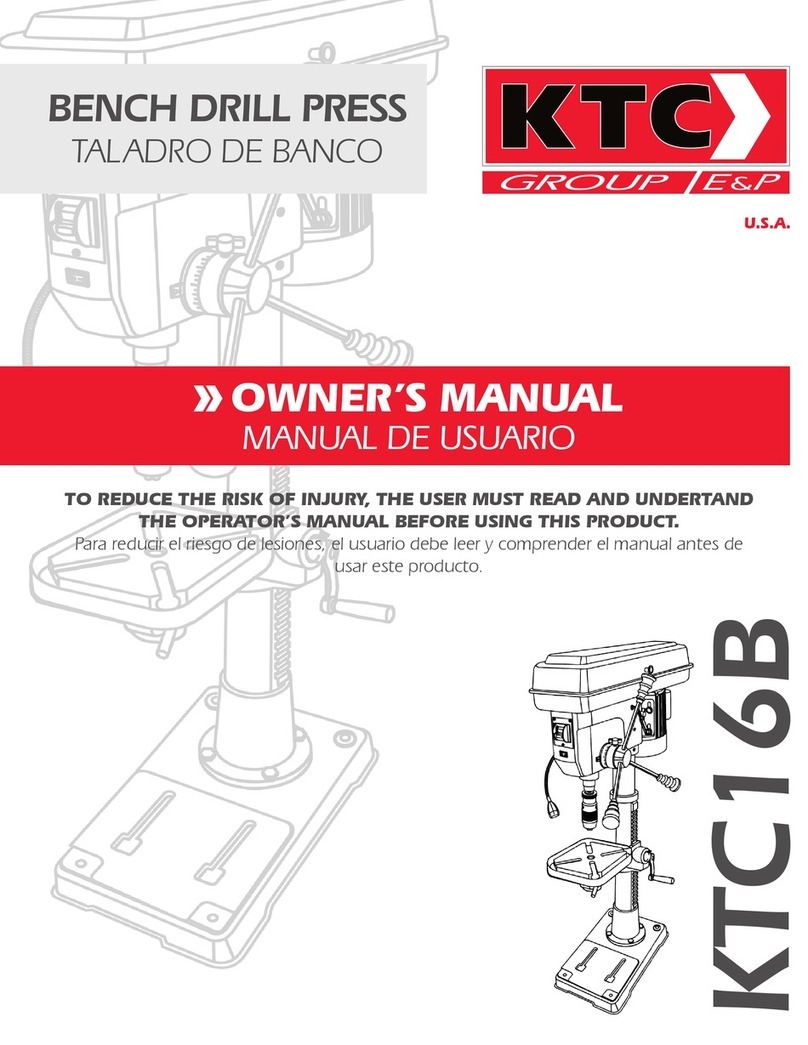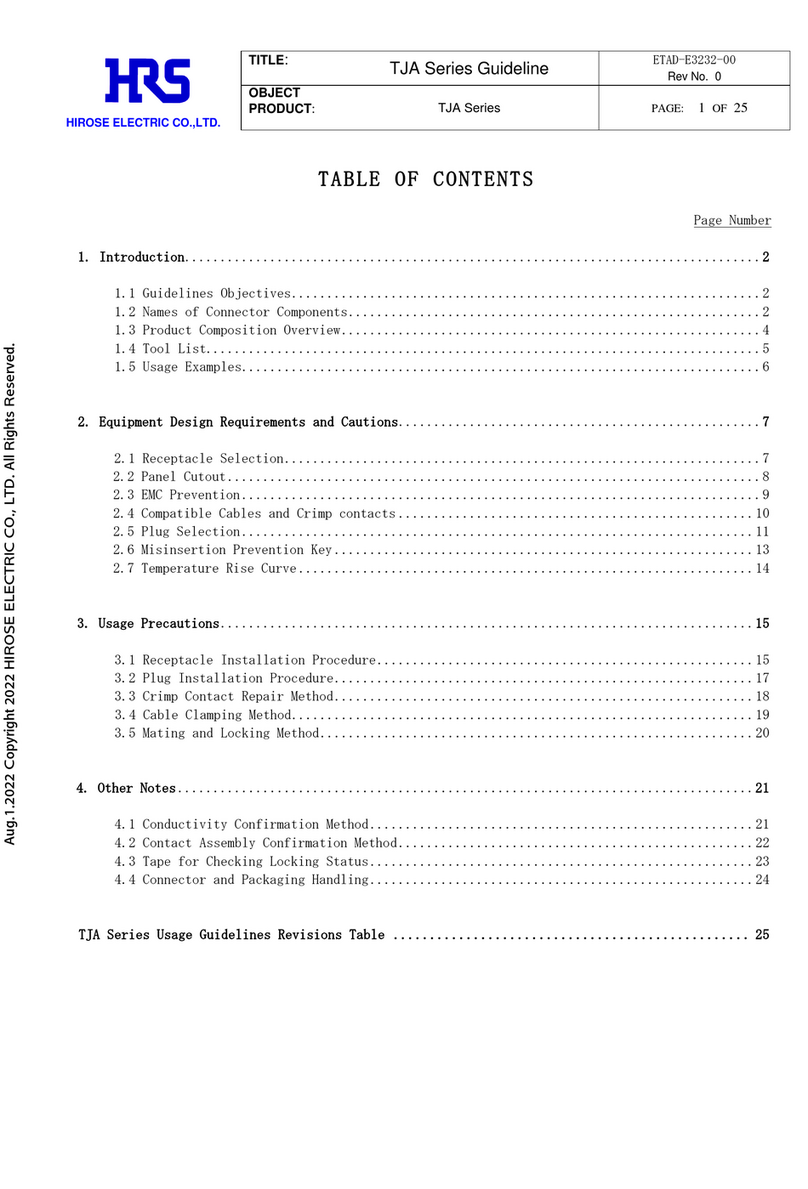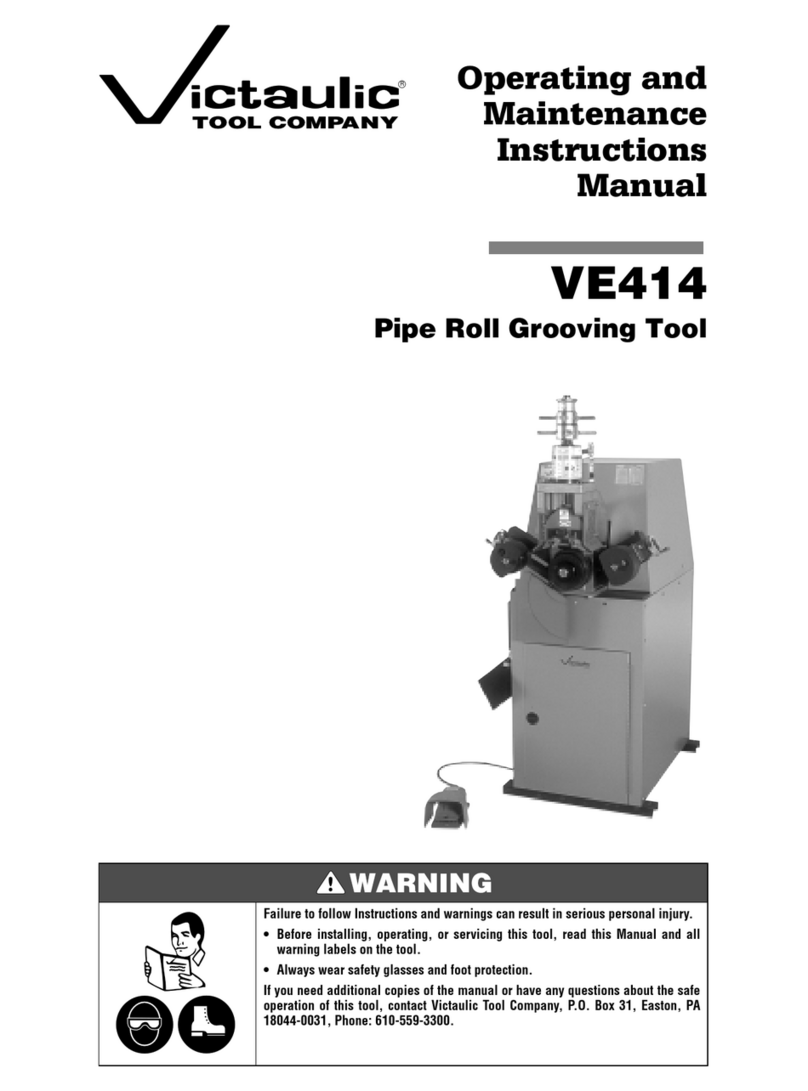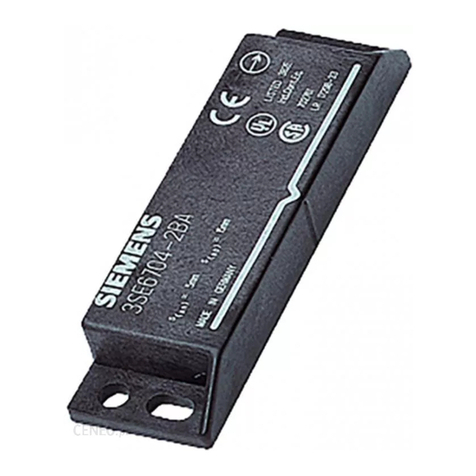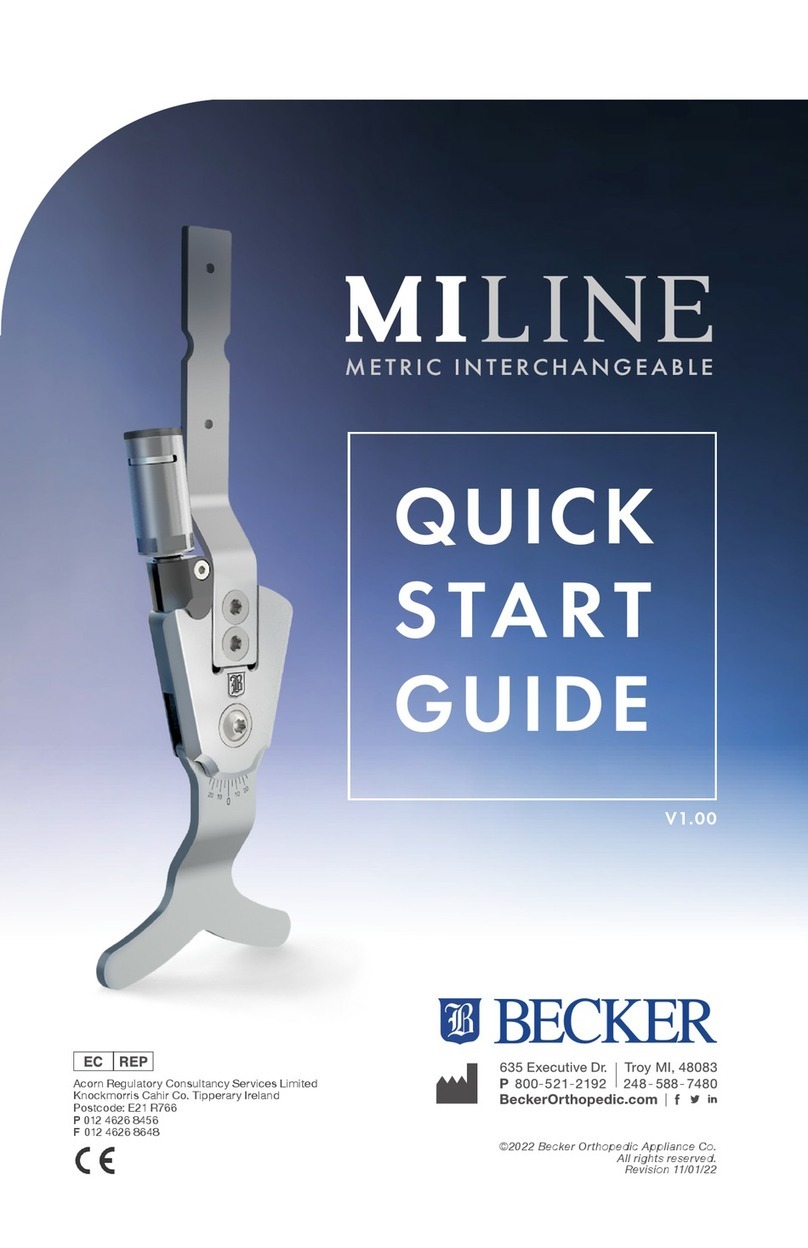Vaillant VWZ MWT 150 Setup guide

Installation instructions and instructions for use
GB, IT, ES
VWZ MWT 150
For the competent person and the operator
Installation instructions and Instructions for use


Installation instructions and instructions for use
EN
VWZ MWT 150
Installation instructions
For the competent person
Instructions for use
For the operator
EN

1
1 Safety ....................................................... 2
1.1 Intended use..............................................................2
1.2 Symbols used............................................................2
1.3 Required personnel qualifications.............................2
1.4 General safety advices..............................................2
1.5 Intended use..............................................................3
1.6 Rules and regulations (directives, laws, standards)..3
1.7 CE Mark ....................................................................4
2 Notes on the documentation.................. 5
2.1 Observe other applicable documents........................5
2.2 Storing documents ....................................................5
2.3 Validity of the instructions..........................................5
3 Description of the product..................... 5
3.1 Product structure.......................................................5
3.2 Type designation and serial number .........................5
3.3 Data plate description................................................6
4 Mounting and installation....................... 6
4.1 Preparing the mounting and installation....................6
4.2 Mounting the product.................................................7
4.3 Hydraulic installation .................................................8
4.4 Electrical Installation..................................................9
4.5 Cableway and passage.............................................9
5 Start up..................................................... 9
5.1 Filling the heat pump circuit.......................................9
5.2 Draining the product................................................10
5.3 Installing the casing.................................................10
5.4 Available head for heat pump circuit.......................10
5.5 Handing over the product to the user......................11
6 Repair work.............................................11
6.1 Spare parts..............................................................11
6.2 Draining the heat pump circuit.................................11
6.3 Checking tightness..................................................11
6.4 Checking the electrical installation..........................11
7 Decommissioning..................................11
8 Recycling................................................11
8.1 Packaging................................................................11
8.2 Recycle or dispose the product and its components...
11
9 Technical data ....................................... 12
TABLE OF CONTENTS

2
EN
SAFETY
1 Safety
This manual is also available on our web
site.
www.vaillant.com
1.1 Intended use
This appliance can be used by children
aged from 8 years and above and
persons with reduced physical, sensory or
mental capabilities or lack of experience
and knowledge if they have been given
supervision or instruction concerning use of
the appliance in a safe way and understand
the hazards involved. Children shall not
play with the appliance. Cleaning and user
maintenance shall not be made by children
without supervision.
1.2 Symbols used
The warning notes are classified in
accordance with the severity of the possible
danger using the following warning signs and
signal words.
Warning
symbol Explanation
aDanger!
Immediate danger to life or risk of severe
personal injury.
eDanger!
Risk of death from electric shock.
aWarning!
Risk of minor personal injury.
bCaution!
Risk of material or environmental damage
1.3 Required personnel qualifications
Any work by a person not qualified on the
appliance may result in physical damage
to the installation as a whole or even bodily
injury.
∙Only persons acting as approved installers
are qualified to work on the appliance.
1.4 General safety advices
1.4.1 Danger to life by electric shock
Touching live connections can cause serious
personal injury.
∙Before carrying out any work on the
product, switch off the power supply.
∙Secure the power supply against being
switched on again.
1.4.2 Danger to life due to missing
or not properly working safety
devices
Missing safety devices can cause life-
threatening scalding and other injuries, for
example by burst pipes.
The information contained in this document
do not show all schemes required for a
professional installation of safety devices.
∙Install the necessary safety devices in the
system.
∙Inform the user about the function and
location of safety devices.
∙Never deactivate any safety device.
∙Do not attempt to adjust them.
∙Observe the relevant national and
international laws, standards and
guidelines.
1.4.3 Risk of material damage by
additives in the heating water
Frost and corrosion protection agents can
cause changes to seals, noise during heating
mode and may lead to other consequential
damage.
∙Do not use any unsuitable frost or
corrosion protection agents.
1.4.4 Risk of material damage caused
by unsuitable tools
The use of unsuitable tools or improper use
thereof may cause damage, such as gas or
water leaks.

3
SAFETY
∙When tightening or loosening threaded
connections, always use suitable opened
spanners, but do not use pipe wrenches,
extensions, etc.
1.4.5 Risk of cracks due to water leaks
A poor installation can cause water leaks.
∙Ensure that there is no stress on the
hydraulic pipework.
∙Correctly position the seals.
1.5 Intended use
The product is a state-of-the-art product
which has been constructed in accordance
with recognised safety regulations.
Nevertheless, there is still a risk of injury or
death to the user or others or of damage to
the product and other property in the event
of improper use or use for which it is not
intended.
The appliance is intended to be used for
separating the heat pump glycol circuit from
the domestic central heating circuit.
Intended use includes the following:
-observing the included operating,
installation and maintenance instructions
for this product and any other parts and
components of the system
-installing and fitting the product in
accordance with the product and system
approval
-complying with all of the inspection and
maintenance conditions listed in the
instructions.
Any other use than the use described in the
instructions at hand or any use extending the
described use is not intended.
Any direct commercial or industrial use is
also deemed to be improper.
1.6 Rules and regulations (directives,
laws, standards)
1.6.5.1 IMPORTANT
Where no British Standards exists, materials
and equipment should be fit for their purpose
and of suitable quality and workmanship.
The installation of this heating appliance
must be carried out by a competent person
approved at the time by the Health and
Safety Executive and in accordance with the
rules in force in the countries of destination.
Manufacturer’s instructions must not be
taken as overriding statutory requirements.
1.6.5.2 Statutory Requirements
In GB, the installation of the heating
appliance must be carried out by a
competent person approved at the time by
the Health and Safety Executive and as
described in the following regulations:
- The manufacturer’s instructions supplied.
- The appropriate Buildings Regulations
either The Building Regulations, The Building
Regulations (Scotland), The Building
Regulations (Northern Ireland).
- The Water Supply (water fittings)
Regulations 1999 and water byelaws 2000,
Scotland.
- The Health and Safety at Work Act,
Control of Substances Hazardous to Health
(COSHH).
- Any electrical work must conform to BS
7671 and where applicable Part P of the
building regulations.
Where no specific instructions are given,
reference should be made to the relevant
British Standard Code of Practice.
In IE, the installation must be carried out by
a competent person approved at the time by
the Health and Safety Executive and installed
in accordance with the current edition of
I.S.813 “Domestic Gas Installations”, the
current Building Regulations and reference
should be made to the current ETCI rules for
Electrical Installation.
GB: the following Codes of Practice apply:
BS4814, BS6798, BS5440 Part 1 and 2,

4
EN
SAFETY
BS5546 Part 1, BS5449, BS6891, BS6700,
BS7074 Part 1 and 2, BS7593, BS7671.
IE: I.S.813, BS5546, BS 5449, BS 7074, BS
7593.
NOTE: For further information, see the
current issue of the Building Regulations,
approved document L1 ( in the UK) and the
following current issues of:
1) Central heating system specification
(CheSS) and
2) Controls for domestic central heating
system and hot water. BRECSU.
1.6.5.3 Heating System
In GB, it is necessary to comply with the
Water Supply (Water Fittings) Regulations
1999 (for Scotland, the Water Byelaws
2000, Scotland). To comply with the Water
regulations your attention is drawn to: The
Water Regulations guide published by the
Water Regulations Advisory Service (WRAS)
gives full details of the requirements.
In IE, the requirements given in the
current edition of I.S.813 “Domestic Gas
Installations” and the current Building
Regulations must be followed.
1.6.5.4 Electrical Supply
The heating appliance MUST be earthed.All
system components shall be of an approved
type and all wiring to current I.E.E. wiring
regulations. External wiring must be correctly
earthed, polarised and in accordance with
the relevant standards.
In GB, this is BS 7671.
In IE, this is the current edition of ETCI rules.
The heating appliance MUST be connected
to a permanent 230V ac, 50Hz supply.
Connection of the whole electrical system of
the heating appliance, including any heating
controls, to the electrical supply MUST be
through one common isolator and must be
fused 30 Amp maximum.
Isolation should be by a double pole switched
fused spur box, with a minimum gap of 3mm
for both poles. The fused spur box should be
readily accessible and preferably adjacent to
the appliance. It should be identified as to its
use.
Alternatively connection can be made
through an unswitched shuttered socket and
3A fused 3-pin plug both to the current issue
of BS 1363, provided they are not used in a
room containing a bath or shower.
Wiring to the heating appliance must be PVC
85OC insulated cable, not less than 3 G4.
1.6.5.5 Control of Substances Hazardous
to Health
Under Section 6 of The Health and Safety at
WorkAct 1974, we are required to provide
information on substances hazardous to
health. The adhesives and sealants used in
this appliance are cured and give no known
hazard in this state.
1.7 CE Mark
The CE mark indicates that the appliances
described in this manual are in compliance
with the following directives :
-Directive 2006/95/EC of the Council
with amendments "Directive Concerning
Electrical Equipment for Use Within
Specific Voltage Limits" (Low voltage
directive)
-Directive 2004/108/EC of the Council
with amendments "Directive Concerning
Electromagnetic Compatibility"

5
NOTES ON THE DOCUMENTATION
2 Notes on the documentation
2.1 Observe other applicable documents
∙Observe absolutely all operating and installation
instructions enclosed with the product, for the various
parts and components of the system.
2.2 Storing documents
∙Pass these instructions and all other applicable
documents to the system user.
The system user should retain these instructions so that
they are available when required.
2.3 Validity of the instructions
These instructions apply exclusively to:
Type overview
Product Type designation Article number
VWZ MWT 150 Heat exchanger module 0020143800
3 Description of the product
3.1 Product structure
3.1.1 Heat exchanger module
ABCD E
F
G
5
6
1
4
2
3
Key
1 Pump
2 Heat pump circuit air bleed valve
3 Plate heat exchanger
4 Heating circuit air bleed valve
5 Safety valve
6 Filler system
A Installation heating circuit inlet
B Installation heating circuit outlet
C Glycol water circuit outlet to heat pump
D Safety valve drain
E Glycol water circuit inlet from heat pump
F Filler/drain tap
G Filler/drain tap
3.2 Type designation and serial number
Data plate location:
1
Key
1 Data plate
The type designation and the serial number are shown on
the data plate.

6
EN
MOUNTING AND INSTALLATION
3.3 Data plate description
The data plate certifies the country where the product is
intended to be installed.
The data plate contains the following data:
Abreviation/
symbol Description
Country code:
"GB" Country where the product is intended to be
installed
Serial-no Commercial name of the product and its serial
number
Code Product code of the appliance
PMS Central heating maximum pressure
V/Hz Electrical voltage / frequency
A Current
W Maximum electrical consumption
IP Electric protection index
See chapter "CE label"
See chapter "Recycling "
4 Mounting and installation
iNotes
All the drawings dimensions are shown in
mm.
4.1 Preparing the mounting and
installation
4.1.1 Delivery and installation on site
4.1.1.1 [product] unpack
∙Remove the product from its box.
∙Remove the protective film from all parts of the product.
4.1.1.2 Check scope of delivery
∙Please check the scope of delivery for completeness.
-1 Hydraulic module
-1 bag of accessories
- Attachment bracket (x1)
- Flat gasket 1" (x6)
- Flat gasket 1"1/4 (x2)
-1 bag of documents (1 operating and installation)
4.1.2 Observing distances and mounting
clearances
4.1.2.1 Product and connection dimensions
360
500
250
180 180
87 101
40 447
452
4081.5 81.540
4.1.2.2 Distance to inflammable parts
∙Make sure that no item that can easily catch fire is in
direct contact with the components, which may reach a
temperature greater than 80°C.
∙Make sure that there is a minimum distance of 200 mm
between items that can easily catch fire and the hot
surfaces.

7
MOUNTING AND INSTALLATION
4.1.2.3 Mounting clearances
∙Ensure the distances indicated on the diagram.
This will ensure that the connections to the water can be
accessed and inspected.
Additional clearances around the appliance may be
advantageous for its installation and maintenance.
20
min.
20
min.
20
min.
100
min.
>600*
i
Notes
* Clearance necessary for the installation or
maintenance of the appliance.
4.1.3 Considering the product location
4.1.3.1 Surrounding conditions
∙Do not install the product above another product that
could damage it (for example, above a cooker that might
emit steam or grease) or in a room, which has a lot of
dust in the atmosphere which is corrosive..
∙Do not install the product under another product that
might leak.
∙Make sure that the room where you want to fit the
product is sufficiently protected against frost.
4.1.3.2 Properties of the mounting surface
∙Before choosing a site for the product, carefully read
the safety warnings and instructions in the operating
instructions and installation instructions.
∙Ensure that the wall to which the product will be mounted
on is structurally safe in order to support the weight of the
product.
4.2 Mounting the product
4.2.1 Removing the casing
1
Key
1 Front casing
∙Remove the front casing (1).
4.2.2 Wall-mounting of the product
aDanger!
Danger to life if the load-bearing
capacity of the fixing elements used is
insufficient!
If the fixing elements do not have sufficient
load-bearing capacity, the product can
come loose and fall down.
• When fitting the product, ensure that the
fixing elements have a sufficient load-
bearing capacity.
∙Determine the assembly location.
∙Drill the holes to receive the fastenings.
∙Fix the hanging bracket on the wall.
1
Key
1 Hanging bracket

8
EN
MOUNTING AND INSTALLATION
∙Lifting the product into position, lean the top of the product
slightly to the wall and position just above the hanging
bracket.
∙Lower the product slowly and engage onto the hanging
bracket.
This product is for internal installation only
4.3 Hydraulic installation
bCaution!
Risk of damage caused by contaminated
lines!
Foreign bodies such as welding remnants,
sealing residue or dirt in the supply lines
can cause damage to the product.
• Flush the supply lines thoroughly before
installation.
bCaution!
Risk of damage caused by heat transfer
when soldering.
Heat that is transferred during soldering
can cause damage (expanded)
polypropylene
around electrical modul and to the
seals in the service valvest.
• Protect (expanded) polypropylene of
electrical modul
• Do not solder the connection pieces if
the connection pieces are screwed to the
service valves.
bCaution!
Risk of damage due to corrosion.
If plastic pipes that pass oxygen are used
in the heating installation, this may corrode
or sludge up the appliance’s heating circuit
or the appliance itself.
• If you use plastic pipes that pass oxygen
in the heating installation, add a corro-
sion inhibitor to the circuit water.
81.5
105
80
81.5
1
2
3
4
5
Key
1 Installation heating circuit inlet 1”
2 Installation heating circuit outlet 1”
3 Glycol water circuit outlet to heat pump 1”
4 Safety valve drain
5 Glycol water circuit inlet from heat pump 1”
∙Only use the original seals supplied with the appliance.
∙Connect the heating circuit as specified.

9
START UP
∙Connect the circuit to the heat pump as shown.
4.4 Electrical Installation
eDanger!
Risk of electric shock due to an
improper electrical connection!
Improper electrical connection can cause
electric shock or might negatively affect the
operational safety of the product and might
cause material damage.
• The electrical connection of the product
must be carried out only by a suitably
qualified person.
12
30 mm max.
Key
1 Electrical wires
2 Insulation
4.4.1 Connection of the pump to the control
box
The external wiring to be grounded. The polarity must be
correct and consistent with the standards.
• Connect the appliance in accordance with the live and
neutral connections.
The connecting cables between the electrical panel and the
appliance must be :
- adapted to a fixed installation,
- Electrical wires with adapated section linked to the power
of the appliance.
Component Supply voltage
(mini section of cable)
Temperature probe cable passage 230 V (3G0.5)
4.5 Cableway and passage
iNotes
The cables must pass through the openings
provided for this purpose.
1
2
1 Passage for power cables and relay command cables
2 Pump cable
5 Start up
∙Check the electrical and water installation.
∙Check all connections for leaks.
∙Drain the appliance.
∙Replace the power.
5.1 Filling the heat pump circuit
C
A
B
∙Connect the filler pump to tap (B).
∙Connect the end of a pipe to tap (C).
∙Insert the other end of the pipe into a suitable container
to capture any glycol discharged while bleeding the
circuit.
∙Close the main tap (A).
∙Open taps (B et C).
∙Fill the heat pump circuit.
∙Close taps (B) and (C) when the circuit is full and bled.

10
EN
START UP
∙Open the main tap (A).
5.2 Draining the product
1
2
Key
1 Heat pump circuit air bleed valve
2 Heating circuit air bleed valve
∙Open the air bleed valve (1) while filling the heat pump
circuit.
∙Open the air bleed valve (2) while filling the heating
circuit with water.
∙Close the vent as soon as water flows (repeat the
operation several times if necessary).
bCaution!
Risk of damage in case of bad purge!
If air purging is not done properly, this may
cause damage to the appliance.
• Make sure the system is properly purged
air.
5.3 Installing the casing
1
Key
1 Front casing
∙Put the front casing back on.
5.4 Available head for heat pump circuit
AB
Key
A Installation heating circuit inlet
B Installation heating circuit outlet
500
400
300
200
100
600
700
800
0B
A
500 1000 1500 2000 2500 3000
2
3
1
Key
A Pressure (mbar)
B Flow rate (l/hour)
1 Position "III"
2 Position "II"
3 Position "I"

11
REPAIR WORK
5.5 Handing over the product to the user
After completing the installation:
∙Answer any questions the user may have.
∙Draw special attention to the safety instructions which the
user must follow.
6 Repair work
6.1 Spare parts
∙In case you need spare parts during maintenance or
repair, exclusively use genuine spare parts.
The genuine component parts of the product have been
certified together with the product in the course of the CE
conformity check. If you do NOT use certified genuine spare
parts during maintenance or repair, the CE conformity of the
product will expire. That is why we imperatively recommend
to install genuine spare parts.
6.2 Draining the heat pump circuit
C
A
B
∙Connect the drain pipe to tap (C).
∙Insert the other end of the pipe into a suitable container to
collect the glycol.
∙Open the tap (B).
∙Open the heat pump circuit air bleed valve.
6.3 Checking tightness
∙Check the water-tightness of the system.
6.4 Checking the electrical installation
∙Check the electrical installation observing all relevant
regulations.
6.4.1 Checking the cables
∙If the power cable of this product is damaged, then to
prevent danger, only the manufacturer, the after-sales
service or similarly qualified persons shall replace the
power cable.
7 Decommissioning
∙Isolate the product from the power mains.
∙Drain the appliance (see chapter 6.2).
∙De-install the product.
∙Recycle or dispose the product and its components (see
chapter 8).
8 Recycling
8.1 Packaging
∙Sort the waste to separate those which can be recycled
(cartons, plastics...) from those that cannot (strapping ...).
∙Recycle the product packaging according to all relevant
regulations.
8.2 Recycle or dispose the product and its
components
The product must be recycled under the WEEE Directive
(Waste Electrical and Electronic Equipment), which
specifies:
-the selective collection of waste electrical and electronic
equipment.
-the selective systematic treatment of certain components
and substances considered as dangerous,,
∙the reuse, recycling and recovery of the collected WEEE.
∙Do not dispose of your product or any of its
accessories in the household waste.
∙Make sure the old unit and any accessories are
disposed of properly.
∙Deposit the product at an appropriate collection point for
the treatment, evaluation and recycling of WEEE.
∙Observe all relevant regulations.
iNotes
By adhering to this directive, you are helping the
environment and contributing to the preservation
of natural resources and the protection of human
health.

12
EN
TECHNICAL DATA
9 Technical data
Description Unit
Net Weight kg 12
Maximum admissible water pressure bar 3.0
Mpa 0.3
Minimum admissible water pressure bar 0.5
Mpa 0.05
Electrical
Voltage / frequency V~/Hz 230/50
Maximum electrical consumption (pump) W 45
Index of electrical protection IP X4


Istruzioni per l’installazione e manuale di servizio
IT
VWZ MWT 150
IT
Istruzioni per l’installazione
Per il tecnico abilitato
Manuale di servizio
Per il gestore

15
1 Sicurezza................................................ 16
1.1 Qualifica dell’utente.................................................16
1.2 Simboli utilizzati.......................................................16
1.3 Necessaria abilitazione del personale.....................16
1.4 Norme generali di sicurezza....................................16
1.5 Utilizzo previsto.......................................................17
1.6 Regole e regolamentazioni
(direttive, leggi, normative)......................................17
1.7 Marcatura CE..........................................................18
2 Note relative alla documentazione...... 19
2.1 Rispetto dei documenti............................................19
2.2 Conservazione della documentazione ....................19
2.3 Validità del manuale ................................................19
3 Descrizione dell’apparecchio............... 19
3.1 Struttura dell’apparecchio........................................19
3.2 Modello e numero di serie.......................................19
3.3 Descrizione della targhetta identificativa.................20
4 Montaggio e installazione .................... 20
4.1 Preparazione del montaggio
e dell'installazione ...................................................20
4.2 Montaggio dell’apparecchio.....................................21
4.3 Impianto idraulico....................................................22
4.4 Installazione elettriche.............................................23
4.5 Passaggio dei cavi ..................................................23
5 Messa in servizio................................... 23
5.1 Riempimento del circuito pompa di calore ..............23
5.2 Spurgo dell’apparecchio..........................................24
5.3 Installazione della parte frontale..............................24
5.4 Prevalenza residua disponibile per il circuito
riscaldamento..........................................................24
5.5 Informazioni all'utente..............................................25
6 Manutenzione........................................ 25
6.1 Pezzi di ricambio.....................................................25
6.2 Scarico del circuito pompa di calore........................25
6.3 Verifica della tenuta stagna .....................................25
6.4 Verifica dell’impianto elettrico..................................25
7 Messa fuori servizio definitiva............. 25
8 Riciclaggio............................................. 25
8.1 Imballaggio..............................................................25
8.2 Riciclaggio dell’apparecchio e dei componenti........26
9 Dati tecnici............................................. 26
INDICE

16
1 Sicurezza
Il presente manuale è disponibile anche sul
nostro sito internet.
www.vaillant.com
1.1 Qualifica dell’utente
Questo apparecchio può essere utilizzato dai
bambini oltre gli 8 anni di età e da persone
che presentano restrizioni fisiche, sensoriali
o mentali o una mancanza di esperienza o di
conoscenza, a condizione che siano formate
e inquadrate sull’utilizzo dell’apparecchio
in tutta sicurezza e di capirne i rischi
possibili. I bambini non devono giocare con
l’apparecchio. La pulizia e la manutenzione
dell’apparecchio non devono essere
realizzate da bambini senza sorveglianza.
1.2 Simboli utilizzati
Le note di avvertimento vengono classificate
secondo la gravità del pericolo potenziale e
utilizzano i segnali di avvertimento e i termini
di segnalazione seguenti:
Simbolo
di
avvertimento Spiegazione
aPericolo!
Pericolo di morte immediato o rischio di ferite
gravi
ePericolo!
Pericolo di morte immediato o rischio di ferite
gravi
aAvvertimento!
Rischio di ferite leggere
bAttenzione!
Rischio di deterioramento dell’apparecchio o
dell' ambiente.
1.3 Necessaria abilitazione del
personale
Interventi non a regola d'arte sul prodotto
possono causare danni materiali all'intero
impianto e come conseguenza perfino danni
a persone.
∙Effettuare interventi sul prodotto solo se si
è un tecnico qualificato.
1.4 Norme generali di sicurezza
1.4.1 Pericolo di morte per folgorazione
Toccare i collegamenti elettrici in tensione
può provocare gravi ferite corporee.
∙Prima di effettuare un qualsiasi intervento
sull'apparecchio, togliere la corrente
elettrica.
∙Verificare che non sia possibile ripristinare
l’alimentazione elettrica.
1.4.2 Pericolo di morte se i dispositivi
di sicurezza sono assenti o
difettosi
Il problema al dispositivo di sicurezza può
diventare pericoloso e provocare ustioni o
altre ferite, ad esempio tramite la rottura
delle tubazioni.
Le informazioni contenute nel presente
documento non presentano tutte le
procedure richieste per un'installazione
professionale dei dispositivi di sicurezza.
∙Installare nel circuito i dispositivi di
sicurezza richiesti.
∙Informare l’utilizzatore riguardo la funzione
e la posizione dei dispositivi di sicurezza.
∙Non disattivare mai i dispositivi di
sicurezza.
∙Non provare a regolarli.
∙Rispettare le regolamentazioni, le norme
e le direttive nazionali e internazionali
appropriate.
1.4.3 Rischio di danni materiali
provocati da addittivi nell’acqua
di riscaldamento
Gli agenti di protezione contro il gelo e la
corrosione possono generare delle modifiche
ai giunti, del rumore durante la modalità
riscaldamento e possono provocare altri
danni indiretti.
∙Non utilizzare agenti di protezione contro il
gelo o contro la corrosione inadeguati.
IT
SICUREZZA

17
1.4.4 Rischio di danni materiali
L'utilizzo di strumenti non adatti o un loro
cattivo utilizzo può provocare delle avarie,
come fughe di gas o di acqua.
∙Quando si stringono o si allentano i
raccordi filettati, utilizzare esclusivamente
delle chiavi piatte, non usare chiavi a tubo,
prolunghe, ecc.
1.4.5 Rischio di perdite dovute a fughe
d’acqua
Una installazione non corretta può provocare
delle perdite.
∙Assicurarsi che non ci sia alcun blocco
sulle tubazioni idrauliche.
∙Posizionare correttamente i giunti.
1.5 Utilizzo previsto
Questo apparecchio è di progettazione
avanzata ed è stato assemblato in conformità
con le regole riconosciute in materia di
sicurezza. In caso di errato utilizzo o di uso
diverso da quello per cui è destinato, esiste
un rischio di lesioni o di morte dell'utilizzatore
o di un terzo, o di degradazione del bene
stesso.
L'apparecchio è destinato ad essere
utilizzato come separatore idraulico nei
sistemi con pompa di calore.
L'utilizzazione conforme dell'apparecchio
comprende:
-l'osservanza delle istruzioni di
funzionamento, di installazione e di
manutenzione di questo apparecchio e di
qualsiasi altro pezzo e componente del
sistema
-l'introduzione e l'installazione
dell'apparecchio secondo l'omologazione
del dispositivo e del sistema
-la messa in conformità dell’insieme delle
condizioni di ispezione e di manutenzione
elencate nel presente manuale.
Bisognerà installare l’apparecchio in un
luogo in cui non sia esposto all’umidità o
a spruzzi d’acqua. Rispettare l’indice di
protezione elettrica (IP) che compare nei dati
tecnici.
Qualsiasi altro utilizzo diverso da quello
descritto nel presente manuale o che ne
allarghi l'uso qui descritto non è previsto.
Qualsiasi uso commerciale o industriale è
ugualmente considerato come non previsto.
1.6 Regole e regolamentazioni
(direttive, leggi, normative)
-Gli impianti termici, seppur correttamente
utilizzati, sono inevitabilmente soggetti
a fenomeni di usura determinati dalle
sollecitazioni termiche e meccaniche cui
sono sottoposti nel tempo.
-Il regolare funzionamento di un impianto
termico pertanto, è subordinato
all’esecuzione di controlli periodici e ad
un’accurata manutenzione per garantire
quei requisiti di sicurezza, efficienza
energetica e tutela dell’ambiente che la
legislazione richiede.
-In questo senso, la normativa
vigente impone che l’installazione
e la manutenzione dell‘apparecchio
e dell’impianto siano eseguite
esclusivamente da tecnici qualificati facenti
capo ad imprese abilitate in possesso
di specifici requisiti tecnico professionali
(D.M. 37/08), ai quali è demandata ogni
responsabilità in merito al rispetto di tutte
le disposizioni legislative e normative
vigenti, siano esse di carattere nazionale
che locale.
SICUREZZA
Other manuals for VWZ MWT 150
1
Table of contents
Languages:
Other Vaillant Industrial Equipment manuals

